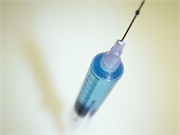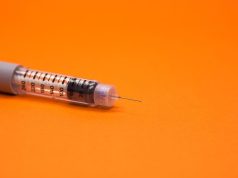Rate of composite response showing reduced disease activity higher with anifrolumab versus placebo
FRIDAY, Dec. 20, 2019 (HealthDay News) — For patients with systemic lupus erythematosus (SLE), anifrolumab is associated with improved response at 52 weeks versus placebo, according to a study published online Dec. 18 in the New England Journal of Medicine.
Eric F. Morand, M.B., B.S., Ph.D., from Monash University in Australia, and colleagues randomly assigned patients with SLE to receive either intravenous anifrolumab (300 mg; 180 patients) or placebo (182 patients) every four weeks for 48 weeks. Having a response at week 52 defined with the use of the British Isles Lupus Assessment Group (BILAG)-based Composite Lupus Assessment (BICLA) was the primary end point.
The researchers found that 47.8 and 31.5 percent of patients in the anifrolumab and placebo groups, respectively, had a BICLA response (adjusted difference, 16.3 percent). Among patients with a high interferon gene signature, 48.0 and 30.7 percent of patients in the anifrolumab and placebo groups, respectively, had a response; the corresponding response was 46.7 and 35.5 percent among patients with a low interferon gene signature. Significant benefits with anifrolumab were also seen for secondary end points with respect to the glucocorticoid dose and severity of skin disease, but not counts of swollen and tender joints or annualized flare rate.
“Measurement of treatment response in SLE has been very problematic and this represents a kind of second breakthrough of this trial,” Morand said in a statement.
The study was funded by AstraZeneca, the manufacturer of anifrolumab.
Copyright © 2019 HealthDay. All rights reserved.








